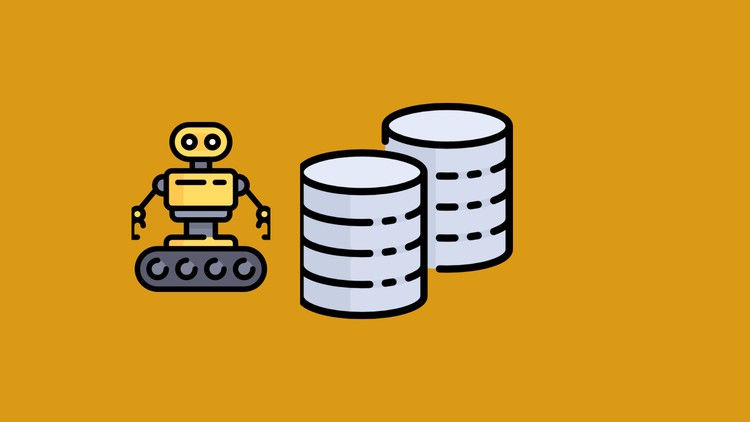Querying Microsoft SQL Server Data with Transact-SQL
- Description
- Curriculum
- FAQ
- Reviews
SQL Server is a relational database management system, or RDBMS, developed and marketed by Microsoft.
Similar to other RDBMS software, SQL Server is built on top of SQL, a standard programming language for interacting with the relational databases. SQL server is tied to Transact-SQL, or T-SQL, the Microsoft’s implementation of SQL that adds a set of proprietary programming constructs.
What is SQL?
SQL stands for Structured Query Language
SQL lets you access and manipulate databases
SQL became a standard of the American National Standards Institute (ANSI) in 1986, and of the International Organization for Standardization (ISO) in 1987
SQL is a standard language for accessing and manipulating databases.
What is SQL?
SQL stands for Structured Query Language
SQL lets you access and manipulate databases
SQL became a standard of the American National Standards Institute (ANSI) in 1986, and of the International Organization for Standardization (ISO) in 1987
What Can SQL do?
SQL can execute queries against a database
SQL can retrieve data from a database
SQL can insert records in a database
SQL can update records in a database
SQL can delete records from a database
SQL can create new databases
SQL can create new tables in a database
SQL can create stored procedures in a database
SQL can create views in a database
SQL can set permissions on tables, procedures, and views
In this course we are going to query data from a sample database installed inside Microsoft SQL Server using T-SQL
Topics Covered include:
Filtering Data
Sorting Data
Aggregate Functions
-
1IntroductionVideo lesson
-
2What is T-SQLVideo lesson
-
3What is SQL ServerVideo lesson
-
4Hardware and Software RequirementsVideo lesson
-
5Download Microsoft SQL Server Developer EditionVideo lesson
-
6Installing Microsoft SQL Server Developer EditionVideo lesson
-
7Installing SSMSVideo lesson
-
8Connecting to Microsoft SQL Server with SSMSVideo lesson
-
9Install Sample DatabaseVideo lesson

External Links May Contain Affiliate Links read more





